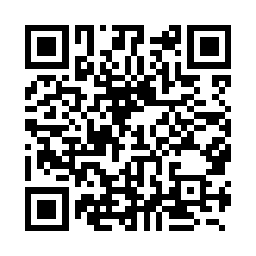
No-communication theorem

In physics, the no-communication theorem or no-signaling principle is a no-go theorem from quantum information theory which states that, during measurement of an entangled quantum state, it is not possible for one observer, by making a measurement of a subsystem of the total state, to communicate information to another observer. The theorem is important because, in quantum mechanics, quantum entanglement is an effect by which certain widely separated events can be correlated in ways that suggest the possibility of instantaneous communication. The no-communication theorem gives conditions under which such transfer of information between two observers is impossible. These results can be applied to understand the so-called paradoxes in quantum mechanics, such as the EPR paradox, or violations of local realism obtained in tests of Bell's theorem. In these experiments, the no-communication theorem shows that failure of local realism does not lead to what could be referred to as 'spooky communication at a distance' (in analogy with Einstein's labeling of quantum entanglement as requiring 'spooky action at a distance' on the assumption of QM's completeness). The no-communication theorem states that, within the context of quantum mechanics, it is not possible to transmit classical bits of information by means of carefully prepared mixed or pure states, whether entangled or not. The theorem disallows all communication, not just faster-than-light communication, by means of shared quantum states. The theorem disallows not only the communication of whole bits, but even fractions of a bit. This is important to take note of, as there are many classical radio communications encoding techniques that can send arbitrarily small fractions of a bit across arbitrarily narrow, noisy communications channels. In particular, one may imagine that there is some ensemble that can be prepared, with small portions of the ensemble communicating a fraction of a bit; this, too, is not possible. The theorem is built on the basic presumption that the laws of quantum mechanics hold. Similar theorems may or may not hold for other related theories, such as hidden variable theories. The no-communication theorem is not meant to constrain other, non-quantum-mechanical theories. The basic assumption entering into the theorem is that a quantum-mechanical system is prepared in an initial state, and that this initial state is describable as a mixed or pure state in a Hilbert space H. The system then evolves over time in such a way that there are two spatially distinct parts, A and B, sent to two distinct observers, Alice and Bob, who are free to perform quantum mechanical measurements on their portion of the total system (viz, A and B). The question is: is there any action that Alice can perform that would be detectable by Bob? The theorem replies 'no'.


